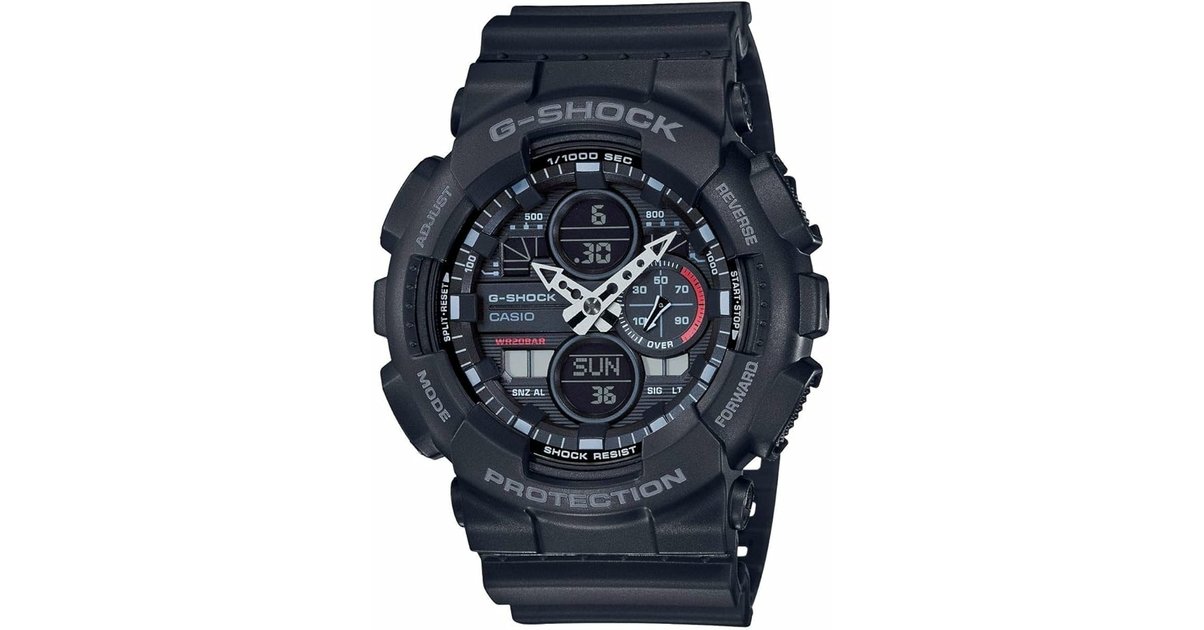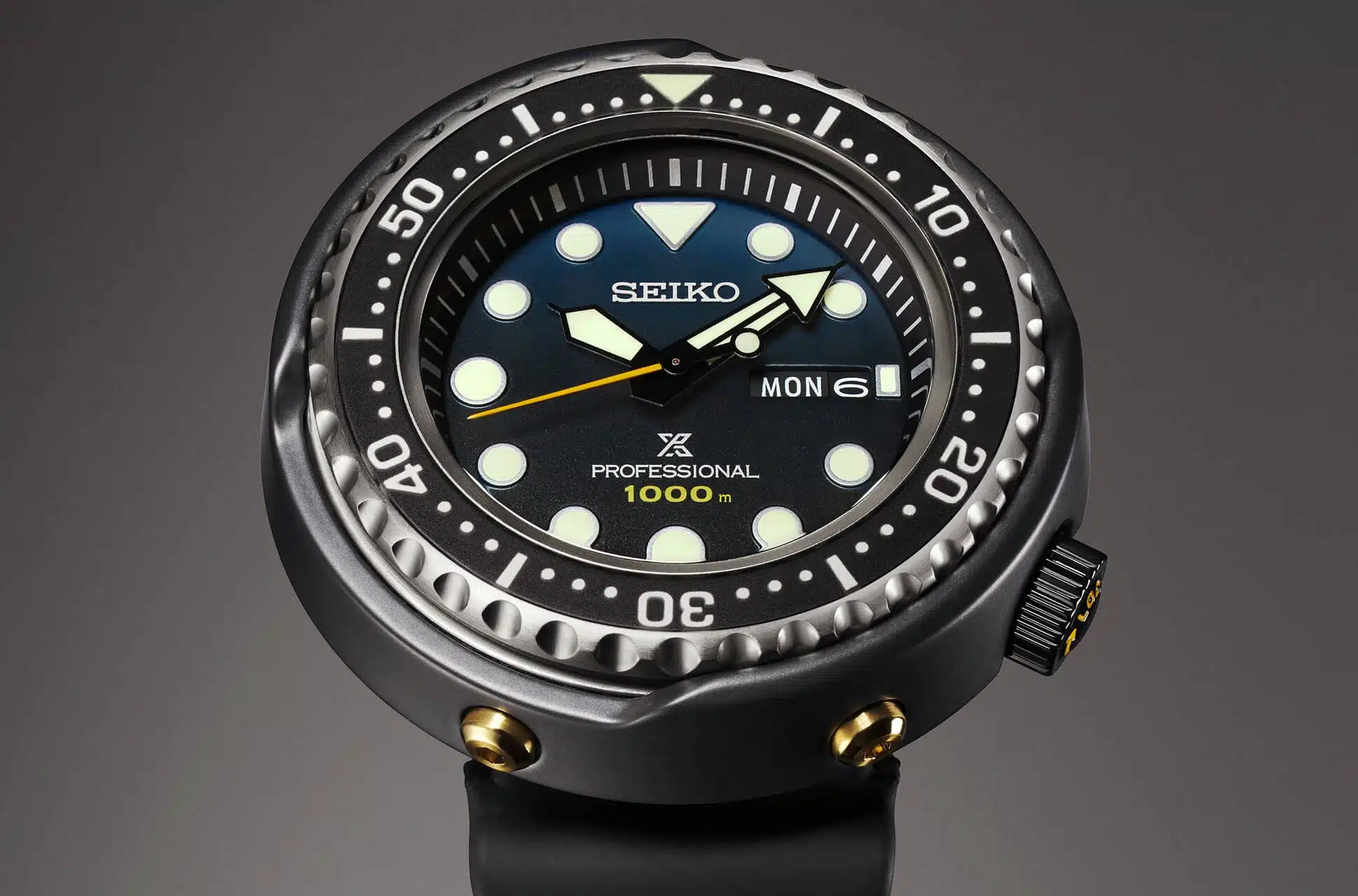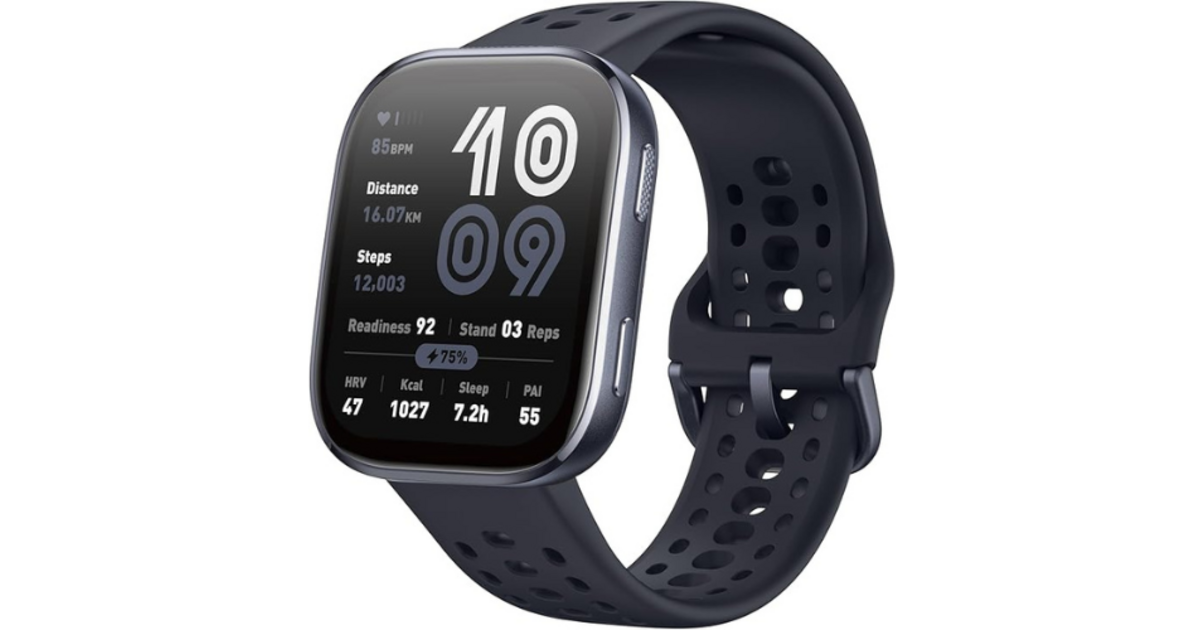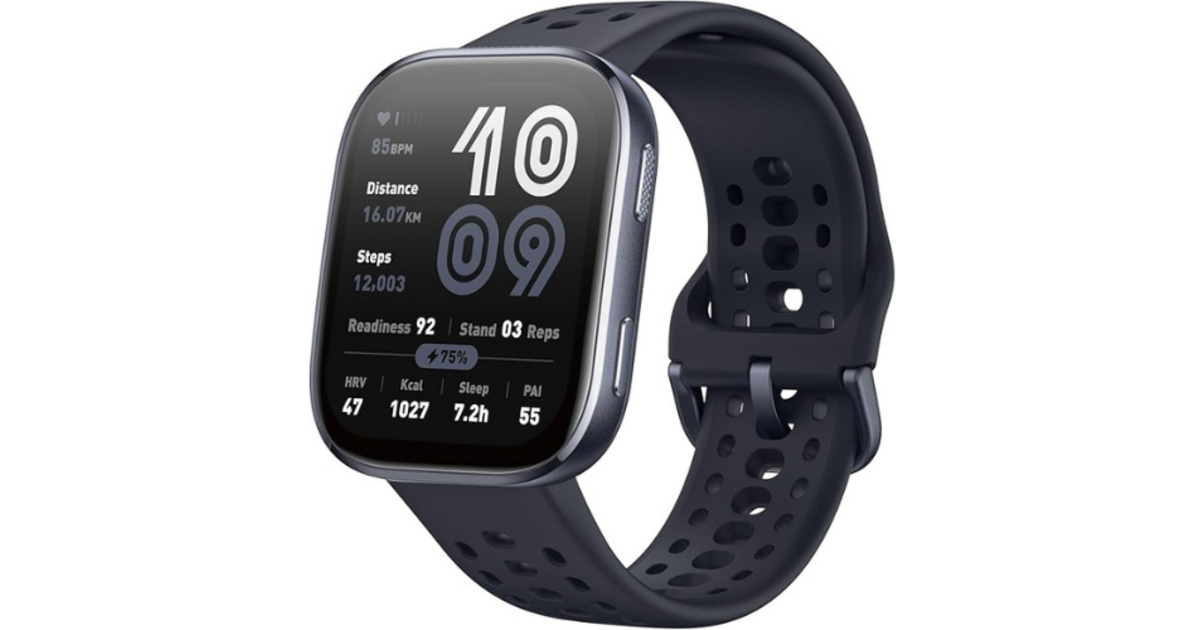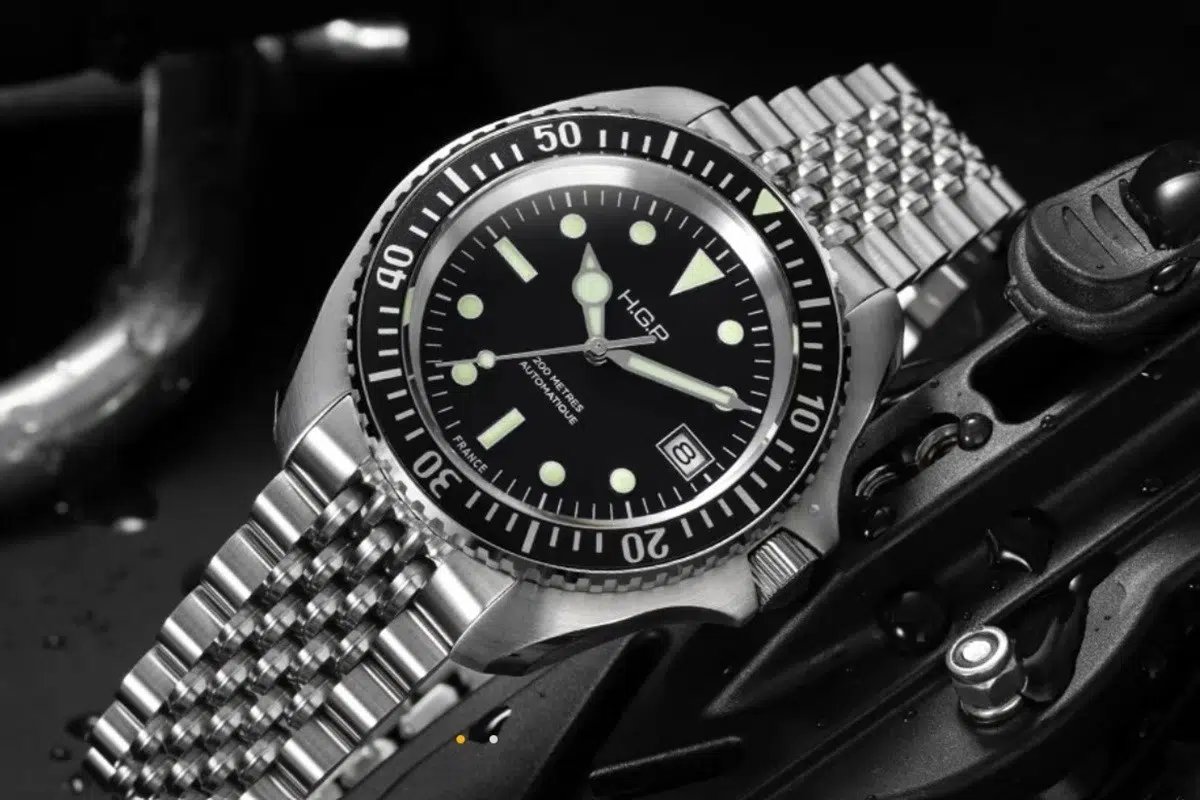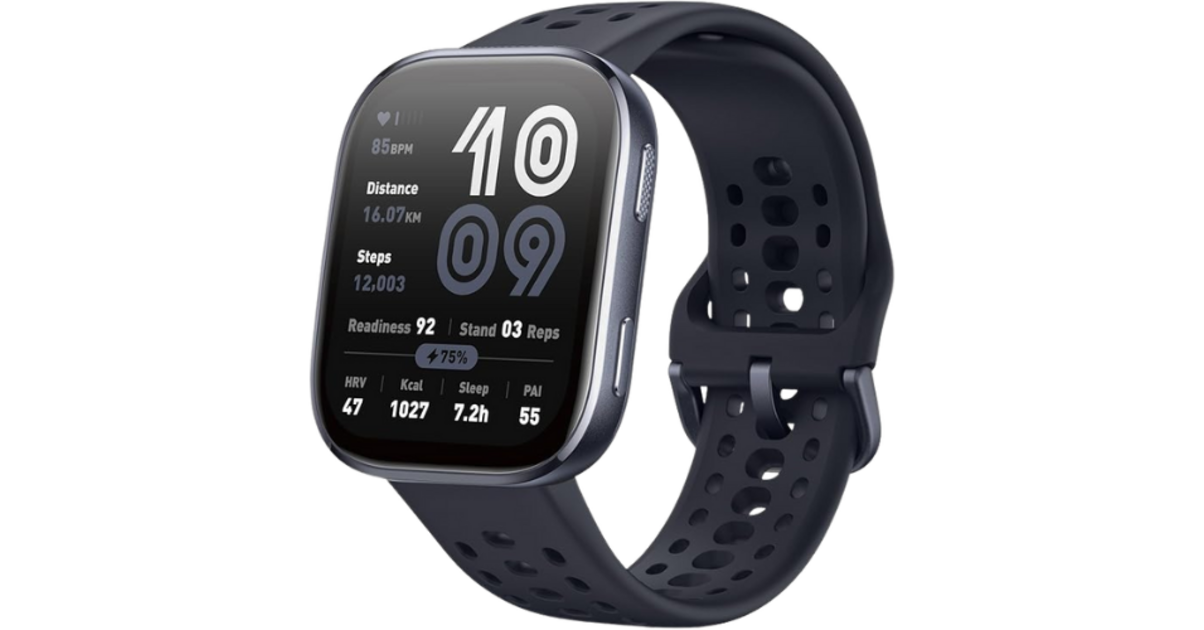Amateur sportsman (trail, mountain biking) needing a shock and water resistant watch. Choice motivated by the reputation of the G-Shock in the outdoor environment. Daily use for 14 months, including in extreme conditions (rain, shocks, negative temperatures).
See the G-Shock GA-140-1a1er and the opinions on Amazon
First contact and installation
-
Perceived quality : Sober box, rigid bracelet with unpacking (requires 1 week of adaptation).
-
Handling : Initially overloaded display (3 needles + 2 digital screens). 48 hours necessary to control the combinations of buttons.
-
Settings : 20 minutes to configure time and alarms time zones. Intuitive menu despite the apparent complexity.
Real test vs promises
-
Resistance : Survivor – bicycle falls, impacts against rocks, river immersion (200m confirmed waterproof).
-
Stars features ::
-
CHRONO 1/1000S Ultra-precise for Interval Training
-
Customizable alarms (5 different configs for training)
-
Issue : Partial LED lighting (does not light digital screens)
-
-
Persistent defects ::
Key points for the buyer
-
For : Soldiers, outdoor sport, intensive manual work
-
Against : Sedentary, minimalists (imposing design), tech-addicts (no connectivity)
-
Value for money : Correct at 150 € vs competition, but aging in front of the solar g-shock
-
Alternative : GBD-200 (same budget + organic sensors) or Rangeman GW-9400 (solar autonomy)
Cash verdict
✅ 3 assets ::
-
Almost indestructible resistance
-
Precision Chrono Pro-Level
-
Recognizable design (Street Credibility)
❌ 3 weaknesses ::
-
Useless lighting at night
-
Battery to change every 2 years
-
Perfectible ergonomics (hard buttons)
Recommendation : Justified purchase for intensive outdoor users. Not recommended for occasional urban use or as the first connected watch. Will survive your next triathlon, not a corporate meeting.
Based on 2 years of user tests and comparison with 6 competing models.
